Kurt Vonnegut “Galapagos” Vintage hardcover in jacket c1985
$31.00
This is a “very good” vintage hardcover in black wraps, published in 1985 by Delacorte Press for the science fiction book club.
Tight vintage hardcover with crisp, solid binding. No loose, torn or folded pages, no writing. Board corners are crisp, not bumped. Spine head and heal lightly bumped. Board wraps are uniform all around, not tanned, spotted or faded. Text block edges are uniform. Titling on the spine and front board is bright, not rubbed or faded.
Matching vintage dust wrapper is clipped inside lower front flap. Has some closed 1/2″ tears and small edge chips here and there, most notable at flap fold corners and spine edges. Color is uniform all around, not sunned. Small scotch tape repair on upper front edge.
See the accompanying images for table of contents & full condition details.
Will ship promptly, carefully packaged, with tracking.
1 in stock
Additional information
| Weight | 32 oz |
|---|---|
| Dimensions | 9 × 7 × 3 in |
Related products
Astounding Science Fiction February 1956 Robert Heinlein Serial
Cool Kelly Freas cover art, with internal art done by Freas, Emsh, and van Dongen. Nice! No loose, torn, or folded pages. Binding is tight and intact. No writing. Pages are tanned on edges and are somewhat brittle, some edge chipping on some See accompanying images for full condition details and table of contents. Will ship promptly, carefully packaged.
Astounding Science Fiction February 1956 Robert Heinlein Serial
Cool Kelly Freas cover art, with internal art done by Freas, Emsh, and van Dongen. Nice! No loose, torn, or folded pages. Binding is tight and intact. No writing. Pages are tanned on edges and are somewhat brittle, some edge chipping on some See accompanying images for full condition details and table of contents. Will ship promptly, carefully packaged.
Vintage fantasy science fiction pulp magazine Famous Fantastic Mysteries w- Fantastic Novels August 1941
Includes the complete 112 page novel by A. Merritt "The Metal Monster". Cover art by Virgil Finlay. Spine is solid, no loose or folded pages, no writing internally, no tears, edges are just ever so mildly tanned. Cover colors are bright and uniform, front and back, with the back cover showing just some light tanning to the white background along the spine edge. Cover edges and overhangs are bumped, with many small closed tears and some chipping. There is one 1 1/2" closed tear at the bottom of the front cover near the outer edge lower corner (see images). Name neatly penciled in the yellow background of the cover masthead along with a date (?) and "Read", otherwise no discerned writing externally or internally. Overall, a still very pleasing copy, with great cover art by one of the masters of the era. See the accompanying images for table of contents & full condition details. Will ship promptly, carefully packaged, with tracking.
Vintage fantasy science fiction pulp magazine Famous Fantastic Mysteries w- Fantastic Novels August 1941
Includes the complete 112 page novel by A. Merritt "The Metal Monster". Cover art by Virgil Finlay. Spine is solid, no loose or folded pages, no writing internally, no tears, edges are just ever so mildly tanned. Cover colors are bright and uniform, front and back, with the back cover showing just some light tanning to the white background along the spine edge. Cover edges and overhangs are bumped, with many small closed tears and some chipping. There is one 1 1/2" closed tear at the bottom of the front cover near the outer edge lower corner (see images). Name neatly penciled in the yellow background of the cover masthead along with a date (?) and "Read", otherwise no discerned writing externally or internally. Overall, a still very pleasing copy, with great cover art by one of the masters of the era. See the accompanying images for table of contents & full condition details. Will ship promptly, carefully packaged, with tracking.
For the Sci Fi Fan “I, Robot” Vintage paperback Isaac Asimov 1970 printing
Mild edge and surface wear on covers, very minimal signs of reading use. Text block is square, closes tightly. A date stamp on the outer text block edge, reading "Apr 28 1975" - likely from a used book store back in the day. A very subtle crease in the spine, not color breaking. Original cover price on front cover and spine blacked out, otherwise no marks or writing. No loose, torn or folded pages. Very presentable 55 year old vintage paperback! Really nice vintage copy! See accompanying images for full condition details. Enter the groundbreaking world of Isaac Asimov's I, Robot, the seminal 1950 collection that forever changed how we imagine artificial intelligence. Through nine interconnected short stories framed by the reminiscences of Dr. Susan Calvin, the pioneering robopsychologist at U.S. Robots and Mechanical Men, Asimov introduces his revolutionary Three Laws of Robotics—the ethical framework that would influence science fiction for generations. From "Robbie," the gentle nursemaid robot who forms an unbreakable bond with a young girl, to the chilling implications of "The Evitable Conflict," where super-intelligent Machines quietly manipulate humanity's future, each tale explores the complex moral landscape where human and artificial minds intersect. Meet Speedy, trapped in a logical loop on Mercury; Herbie, the telepathic robot driven to madness by conflicting imperatives; and Stephen Byerley, the politician whose humanity itself becomes the central mystery. Asimov's robots aren't the rampaging monsters of pulp fiction—they're thoughtful, sometimes flawed beings whose dilemmas mirror our own deepest questions about consciousness, free will, and what it truly means to be human. This vintage collection remains startlingly relevant as we stand on the threshold of real artificial intelligence, making it essential reading for anyone fascinated by the ethical challenges of our technological future. Will ship promptly, carefully packaged.
For the Sci Fi Fan “I, Robot” Vintage paperback Isaac Asimov 1970 printing
Mild edge and surface wear on covers, very minimal signs of reading use. Text block is square, closes tightly. A date stamp on the outer text block edge, reading "Apr 28 1975" - likely from a used book store back in the day. A very subtle crease in the spine, not color breaking. Original cover price on front cover and spine blacked out, otherwise no marks or writing. No loose, torn or folded pages. Very presentable 55 year old vintage paperback! Really nice vintage copy! See accompanying images for full condition details. Enter the groundbreaking world of Isaac Asimov's I, Robot, the seminal 1950 collection that forever changed how we imagine artificial intelligence. Through nine interconnected short stories framed by the reminiscences of Dr. Susan Calvin, the pioneering robopsychologist at U.S. Robots and Mechanical Men, Asimov introduces his revolutionary Three Laws of Robotics—the ethical framework that would influence science fiction for generations. From "Robbie," the gentle nursemaid robot who forms an unbreakable bond with a young girl, to the chilling implications of "The Evitable Conflict," where super-intelligent Machines quietly manipulate humanity's future, each tale explores the complex moral landscape where human and artificial minds intersect. Meet Speedy, trapped in a logical loop on Mercury; Herbie, the telepathic robot driven to madness by conflicting imperatives; and Stephen Byerley, the politician whose humanity itself becomes the central mystery. Asimov's robots aren't the rampaging monsters of pulp fiction—they're thoughtful, sometimes flawed beings whose dilemmas mirror our own deepest questions about consciousness, free will, and what it truly means to be human. This vintage collection remains startlingly relevant as we stand on the threshold of real artificial intelligence, making it essential reading for anyone fascinated by the ethical challenges of our technological future. Will ship promptly, carefully packaged.
The Magazine of Fantasy & Science Fiction September 1956 Kelly Freas cover
Cool Kelly Freas cover art! No loose, torn, or folded pages. Binding is tight and intact. No writing. See accompanying images for full condition details and table of contents. Will ship promptly, carefully packaged.
The Magazine of Fantasy & Science Fiction September 1956 Kelly Freas cover
Cool Kelly Freas cover art! No loose, torn, or folded pages. Binding is tight and intact. No writing. See accompanying images for full condition details and table of contents. Will ship promptly, carefully packaged.





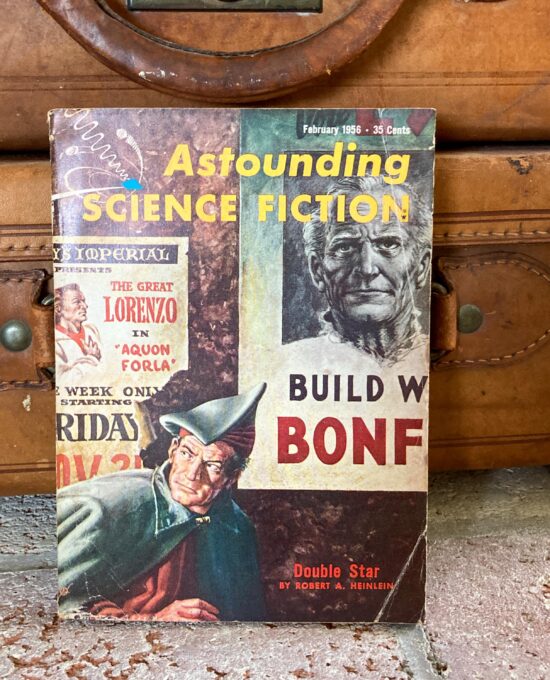
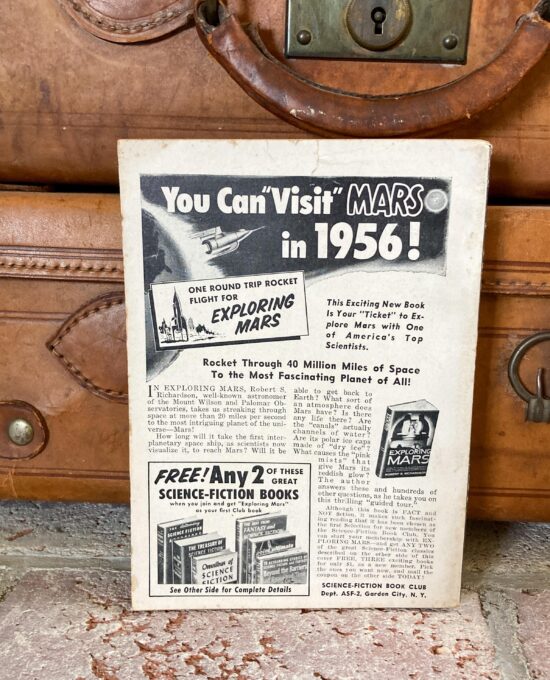
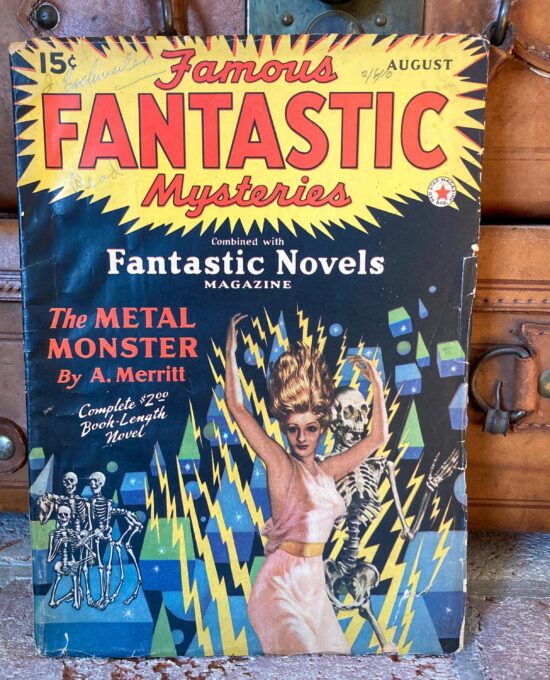

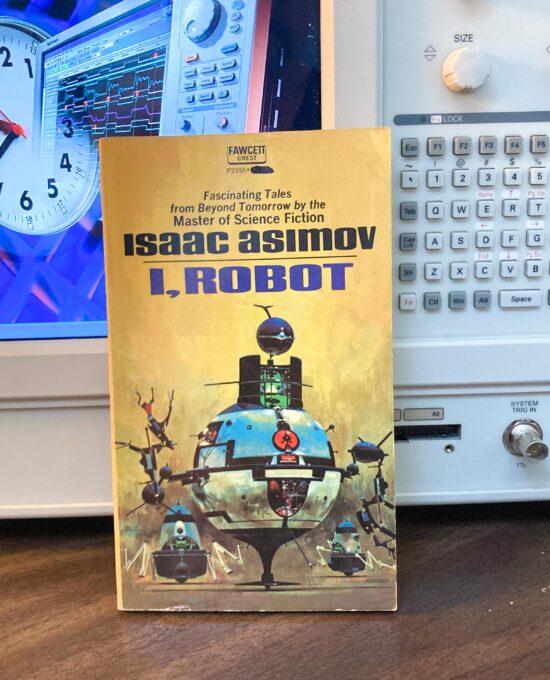
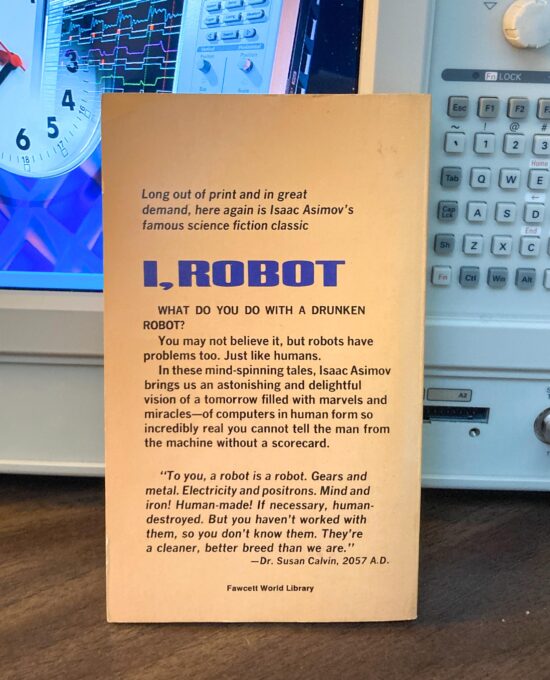
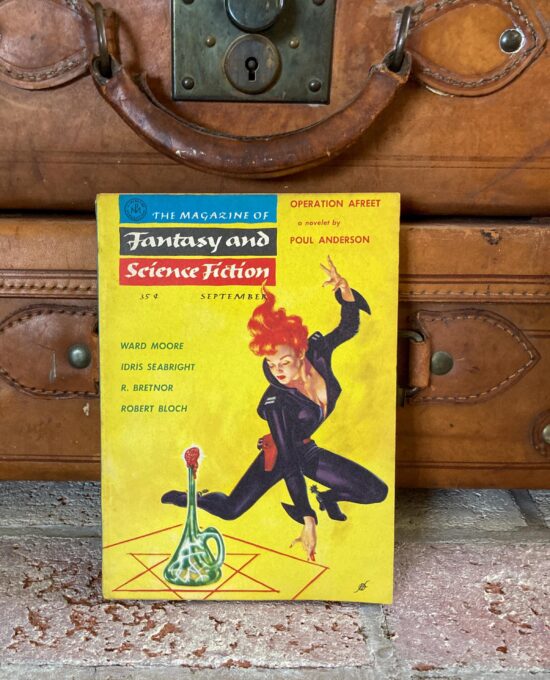
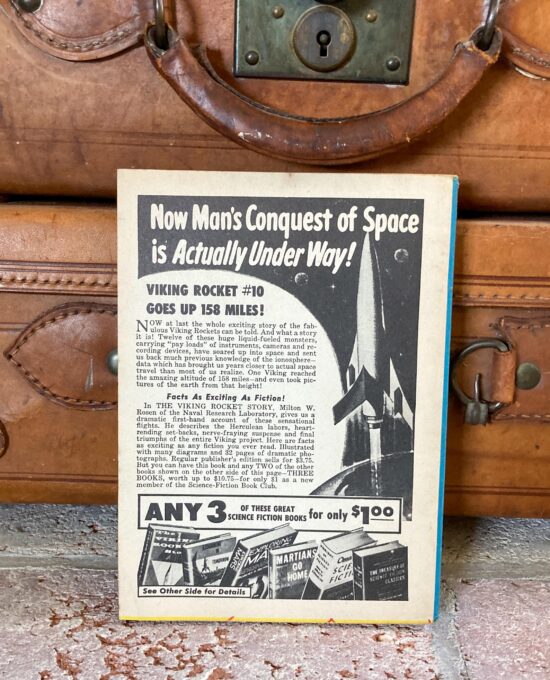
![Autos of the World [1990] Motorcar encyclopedia First edition 608 pages 1,000s of photographs German language, no English](https://hudsonfinebooks.com/wp-content/uploads/2025/05/63768af244741a6de146b41b-257x257.jpg)

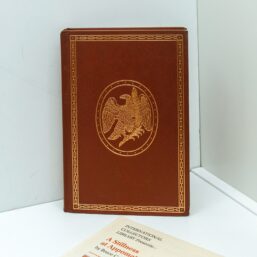
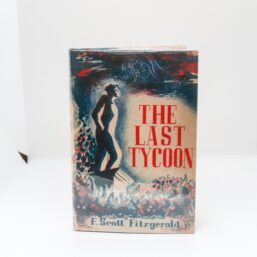


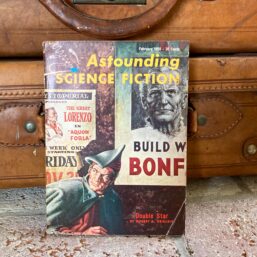
Reviews
There are no reviews yet.